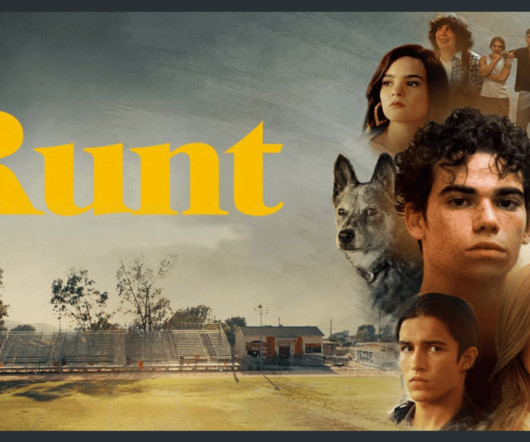Supreme Court Holds Warhol’s “Orange Prince” Not Transformative, Not Fair Use
IP Tech Blog
JUNE 2, 2023
The main principle practitioners can derive from Goldsmith is that transformation alone is not enough render copying of a reference work “fair use.” When Prince passed away in 2016, the Andy Warhol Foundation (“AWF”) licensed “Orange Prince” for use on the cover of a commemorative magazine cover. Goldsmith et al, Case No.






























Let's personalize your content